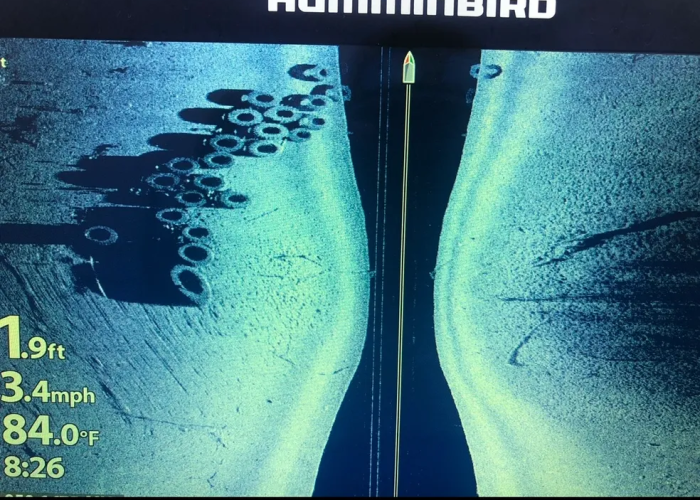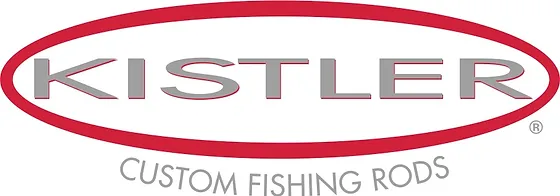Get The Most Out Of Your Tech with Help From Cap'N Ron
Fishing technology has come a long way over the years, and as someone who’s been on Lake Fork for over 30 years—20 of those as a professional guide—I’ve seen firsthand how sonar and mapping systems have changed the game. These tools are a game-changer for any angler, whether you’re just starting out or looking to take your fishing to the next level. I’ve spent decades learning the ins and outs of these systems, and in this guide, I’ll share what I know with you to help you make the most of your time on the water.
So let’s dive in and take a closer look at how sonar and mapping systems work, why they’re essential tools for your fishing, and how I use them to help my clients catch more fish on Lake Fork..

What is Sonar?
Sonar stands for Sound Navigation and Ranging, and it’s a technology that uses sound waves to detect underwater objects. It’s a critical tool for anglers because it helps you locate fish, identify structures, and even understand fish behavior. The way it works is simple: you have a transducer that sends out sound waves. When those waves hit something, like a fish or the lakebed, they bounce back, and the sonar system gives you a readout of what’s down there.
How Does Sonar Help You Fish?
Sonar technology has several benefits that every angler can use:
- Locating Fish: Sonar helps pinpoint where fish are, how deep they are, and their exact location. This means you spend less time guessing and more time fishing.
- Identifying Structures: Many fish species love structures like drop-offs, submerged trees, and brush piles. Sonar helps you find these structures, which are often where fish are hiding.
- Saving Time: Instead of casting aimlessly, sonar helps you quickly identify areas with the most potential, allowing you to focus your efforts on the right spots.
- Understanding Fish Behavior: With live sonar, you can even see how fish are reacting to your lure, which can help you understand their behavior and feeding habits.
What are Mapping Systems?
Mapping systems are another vital tool for any angler. These systems integrate GPS and depth data to create detailed digital maps of bodies of water. Mapping helps you track your route, navigate unfamiliar waters, and most importantly, identify the best fishing spots.
How I Use Sonar and Mapping to Guide Anglers
I’ve spent over 30 years on Lake Fork, and I can tell you that these tools are essential for catching fish on this legendary lake. I use top-of-the-line sonar systems like side imaging, down imaging, and live sonar to locate bass and crappie, identify the structures they prefer, and give my clients the best shot at success.
Here’s how I incorporate sonar and mapping into my guide service:
Sonar for Bass and Crappie
Bass and crappie are two of the most popular species on Lake Fork, and each has its preferences when it comes to underwater structures. Bass are often found near drop-offs, submerged trees, and other structures that offer cover. Crappie, on the other hand, prefer deeper waters and can often be found around submerged timber or brush piles. Using sonar, I can locate these areas and direct my clients to the best spots for a productive day on the water.
Mapping for New Anglers
Lake Fork is a large and complex lake, and it can be challenging to navigate without the right tools. That’s why I use mapping systems to help my clients. Contour maps and GPS waypoints help us navigate the lake efficiently and pinpoint productive fishing zones. Whether you’re new to the lake or just need help finding specific areas, these tools are a huge asset.
Teaching Electronics Usage
I offer “electronics trips” for anglers who want to learn how to use their sonar and mapping systems more effectively. On these trips, I’ll teach you how to read sonar data, interpret maps, and use your equipment to locate fish and structures. I’ve worked with countless anglers over the years, and I’ve seen how mastering these systems can drastically improve your fishing experience.
Why Sonar and Mapping Are Essential for Success on Lake Fork
Lake Fork is known for its clear water and deep structures, which makes it a prime location for bass and crappie. But it also means that fishing can be challenging without the right tools. That’s why I swear by sonar and mapping systems to ensure my clients have the best chance at success.
- Maximized Catch Rates: Sonar helps me find fish quickly, so we can target the right areas with minimal effort.
- Efficiency: Instead of casting aimlessly, sonar and mapping give us a focused approach to fishing, saving time and maximizing results.
- Better Understanding of Lake Fork: With over 30 years of experience, I’ve learned how to read the lake and use the right tools to put my clients on fish. Whether it’s identifying the best fishing spots or teaching you how to use your electronics, these systems help you become a more skilled angler.
Sonar and mapping systems are essential tools for any angler, and if you’re looking to up your fishing game on Lake Fork, understanding these technologies is the key to success. With my years of experience on the water and my expertise in using sonar and mapping, I can help you locate fish, understand their behavior, and teach you how to use your equipment to make the most of your time on the lake.
If you’re ready to learn more and start using these tools effectively, I invite you to book a trip with me. Whether you’re new to fishing or just looking to sharpen your skills, I’ll work hard to help you become a better angler and catch more fish on Lake Fork!

Lake Fork Guide Sponsors





